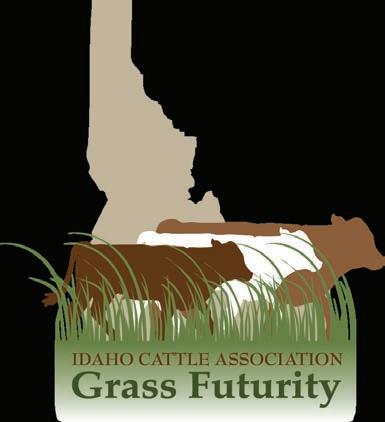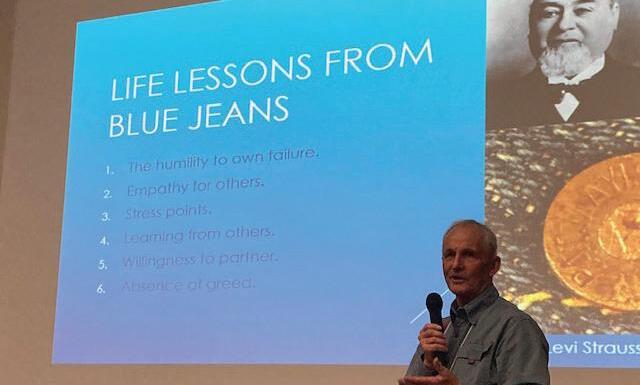
5 minute read
Collective Stewardship
BY BRENDA RICHARDS IRCP Coordinator
At the 2023 Idaho Rangeland Conservation Partnership (IRCP) Annual meeting held in Nampa at the Idaho Fish and Game office this January 17th & 18th, we once again had over 125 attendees gathering to hear and share information and conversation around Idaho’s rangeland.
Advertisement
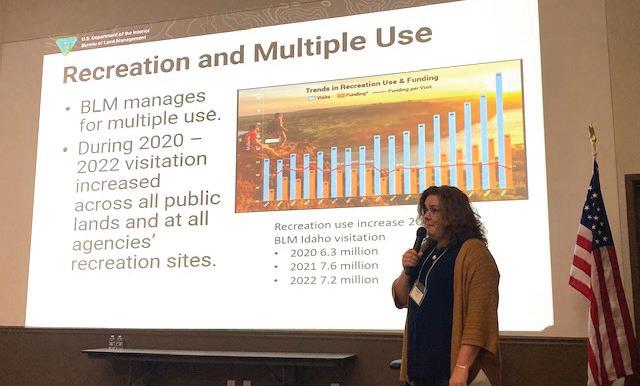
Each year the feedback we receive from meeting attendees is that they put a high value on the information shared among a great diversity of rangeland stakeholders and the cross-education and understanding this promotes.This year’s meeting centered around Collective Stewardship, bringing together discussions from previous year’s meetings, and focusing on the role diverse rangeland stakeholders play in the big picture of sustainable rangelands.
In the Oxford Dictionary collective is an adjective defined as “done by people acting as a group”. The Merriam-Webster Dictionary defines collective as “shared or assumed by all members of a group”. Stewardship is a noun, defined by the Oxford Dictionary as “the job of taking care of something”. Their example (much to my amazement!) for use in a sentence read “responsible stewardship of our public lands”. The Miriam Webster’s definition of stewardship reads “the careful and responsible management of something entrusted to one’s care” with a sample sentence “she believes that stewardship of the environment if everyone’s responsibility” -- again referencing land use. It appears our IRCP meeting around collective stewardship found the adjective we were looking for to help with a noun we can rally around.
When we discuss collective stewardship as ranchers and long-time stewards of the land, I believe we have an obligation to help guide the meaning of the phrase. When putting those two words together, collective stewardship, we can help form an idea around the term so other stakeholders of Idaho’s rangelands understand ranchers have always had a stewardship role with the land as part of their day to day lives. With that in mind, we can play a key role in bringing other stakeholders to the table to participate collectively in finding workable solutions to some of the specific challenges.
If you look into the history of the word “stewardship” you will find it was used in reference to the oversight of courts, unions, organizations, schools, etc. In today’s use of the word, we most often find it used with a positive reference towards carefully looking at and managing our natural resources. Idaho has a huge dependency on cattle and agriculture for its economic success, along with the economic success of most of our rural communities. Ranchers and landowners are at a critical point to help assure understanding of the everyday conservation and stewardship they have provided all along. Often, we have not given much thought to sharing the story about what we do every day in our capacity as stewards. It has just always been a part of our lives, our business decisions, and our daily activities. Our success requires that we make sure to take care of the land, the water, the wildlife, the communities, the livestock, and all the other pieces that make it all work. Healthy and productive landscapes must include healthy and productive communities and working ranches to maintain the open space, habitat, and unfragmented landscapes we depend on. Other interests depend on us for the continuity of that open space, healthy habitat, and unfragmented landscape for their interests, too, whether it be aesthetic, wildlife habitat, recreation, hunting or fishing, or just to get out of the urban areas and to be in that wide-open space.
In the IRCP meeting breakout sessions, each group was asked to identify three thoughts or ways collective stewardship can be successful. Almost every group identified “site specific” and “locally led” as key components for successful collective stewardship. Identifying these key components, it becomes apparent collective stewardship cannot be successful if local knowledge and expertise and experience is not part of the equation. Local people know the local needs and what is workable.
As ranchers, we understand what is at stake and know that among challenges come opportunities, too. IRCP and the partners and stakeholders continue to gather at these meetings to share perspectives and help cross educate. It is critical for those of us depending on these areas to be economically, socially, and ecologically sound to help define the need for collective stewardship and help define what that means to our areas. The definitions referenced for stewardship don’t say “let’s change management” or “let’s restrict management” the definition is “careful and responsible management of something entrusted to one’s care”. Those who rely on healthy land to assure business success live this every day. Collective’s definition of “acting as a group” is the adjective that allows us to bring other stakeholders in to understand the stewardship that has been going on with our producers and landowners for years, and then finding ways to help partner to keep these open spaces, ecologically healthy uses, and rural communities thriving. Acting as a group and working together for the good of the whole and working together to cross-educate stakeholders.
I recently read the news release from the National Cattlemen’s Beef Association praising their seven regional winners of the NCBA Environmental Stewardship Awards. Many great things were written about each of these ranches, but one thing continued to jump out at me more than anything else – these are generations of land stewards –often sixth, seventh, or eighth generation. Ranchers that have been doing site specific versions of conservation for years and years because it is part of what ranchers do every day with their business! We are just finally getting bet - ter at telling that story and allowing others (collective) to assist in that stewardship where it fits.
Many years ago, a definition for “wilderness” was established. Today, when the word “wilderness” is used, we all have a basic understanding of what characterizes wilderness, and what the definition of a wilderness is.It brings to mind non-motorized use, inclusion of livestock grazing, and allowing uses that do not interrupt the wilderness characteristics.
As we continue to address some of these challenges on our rangeland and in our rural communities, we need to help design a definition of collective stewardship that can be universally understood like the wilderness definition. A definition that helps encompass the importance of livestock grazing and multiple use. A definition that helps encompass understanding and empathy towards those who are daily stewards of the land within their business as cattle producers, along with empathy for those who may not be in our industry but have a true appreciation for healthy and sustainable rangeland and the livelihoods that depend on it. As ranchers and generational stewards of the land, it will be up to us to share our stories and knowledge. This means our successes and some of those lessons that were maybe not so successful, for we cannot learn or grow if we don’t acknowledge both.
Many times, what draws others to a specific area is the fact that the people who have been working and living there have been successfully stewarding those lands for generations. Collective stewardship is not always looking to change or restrict, but often just figuring out how to collectively work together to keep things working well and the rangeland sustainable in all three categories -- economically, socially, and ecologically. As this conversation moves forward, it will be critical for us to share that involvement and input of the local ranchers and landowners, those who are site-specific.
By sharing our knowledge and time with those who truly wish to be a part of collective stewardship, we can help with local, customized, workable solutions, and we will be able to address some of the stress points Idaho rangelands and livestock grazing are facing today. By being part of collective stewardship, we can help make sure the definition and idea that comes to mind starts with the local stewardship that is in place and the ability to build on that.

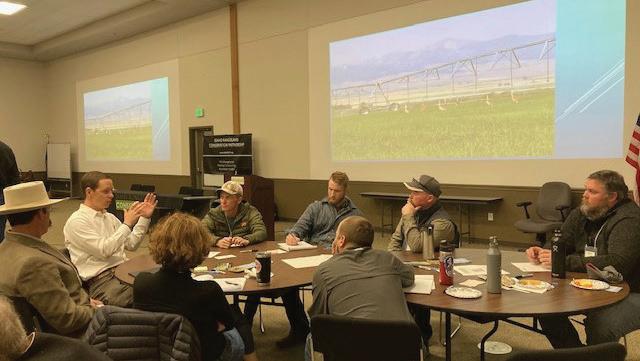
Crude


•Maintains
•Supports
Forage
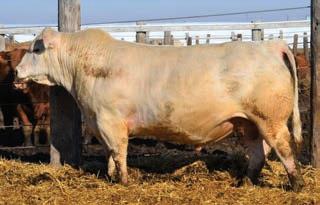
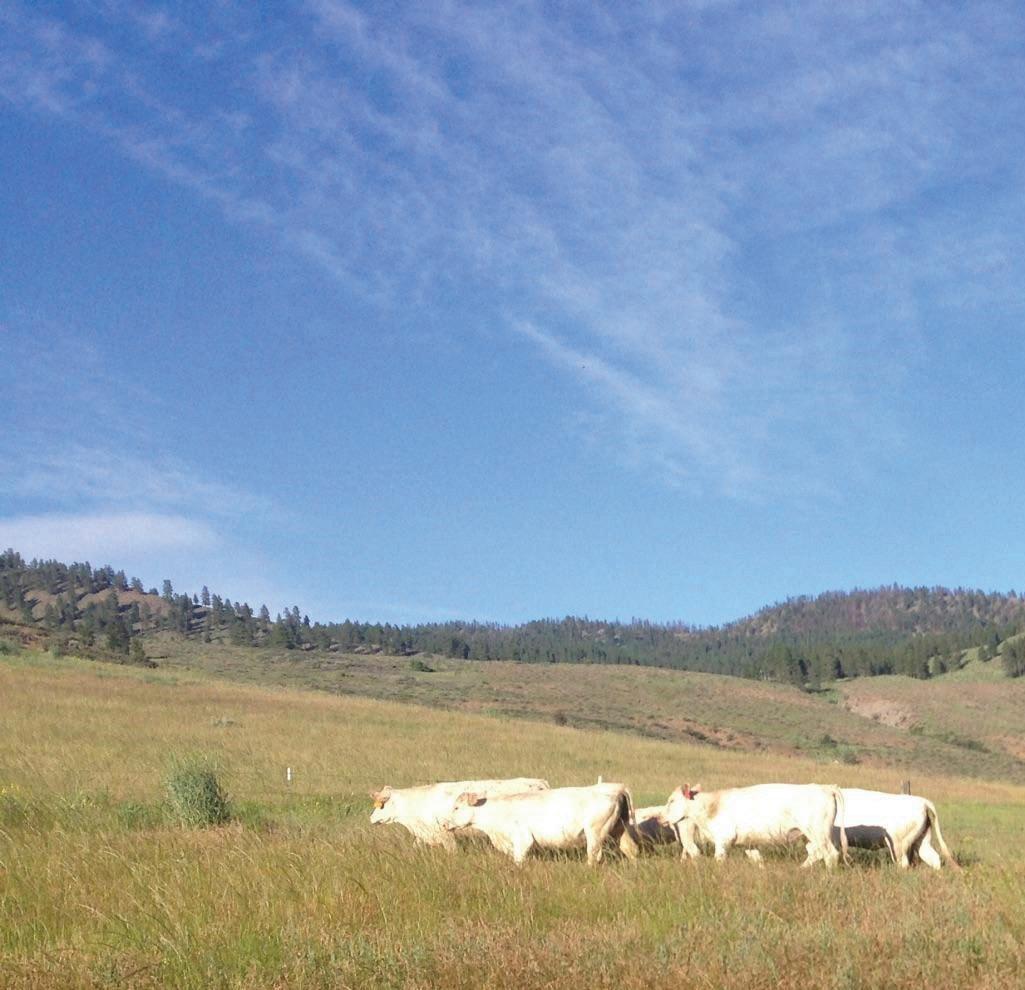
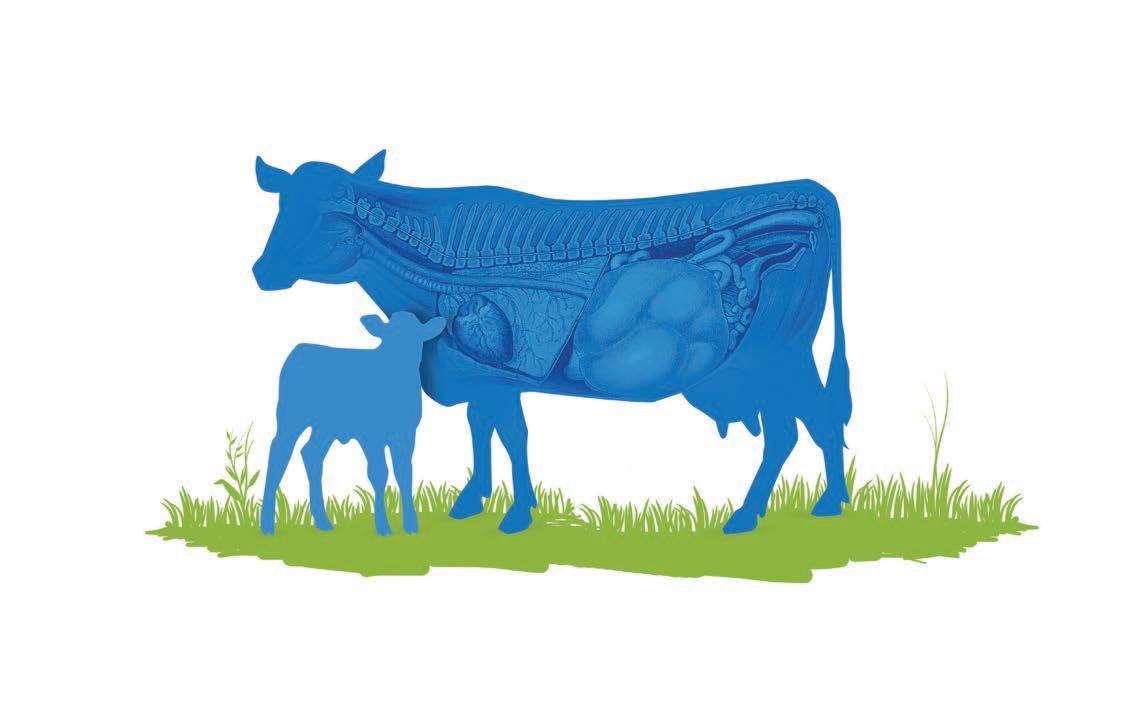
Give
Learn
$425,000 $425,000 in support of:
CATTLE ACTION LEGAL FUND



POLITICAL ACTION COMMITTEE

BEEF COUNTS
FIRE DISASTER RELIEF and for the reinforcement of the Idaho cattle industry.
Are You ready? Are You ready?
